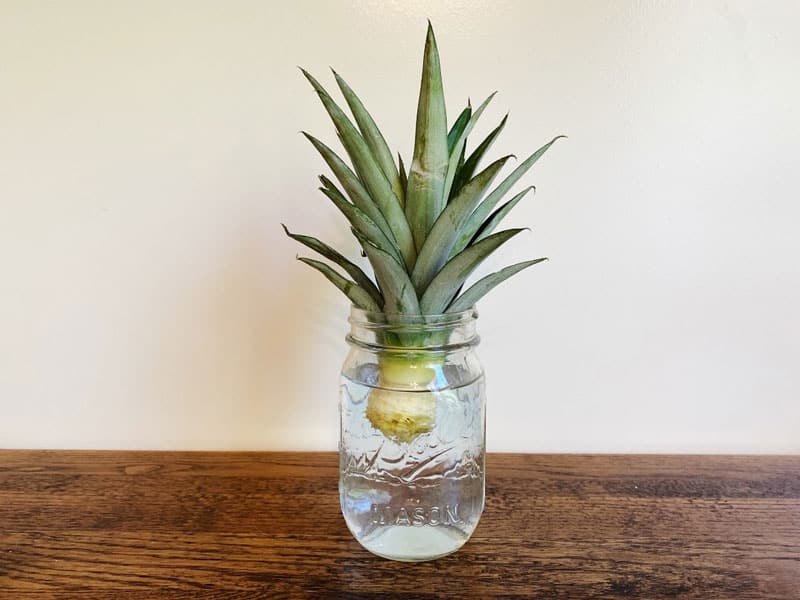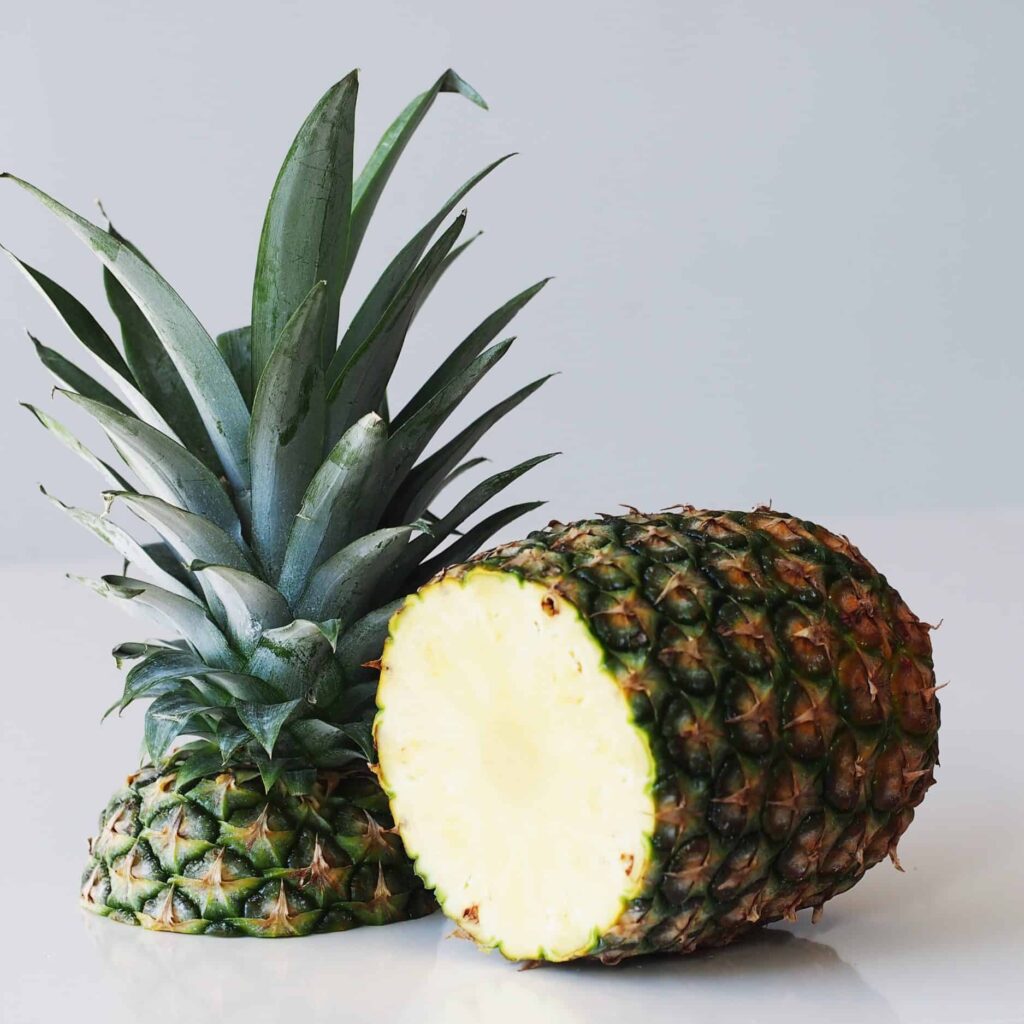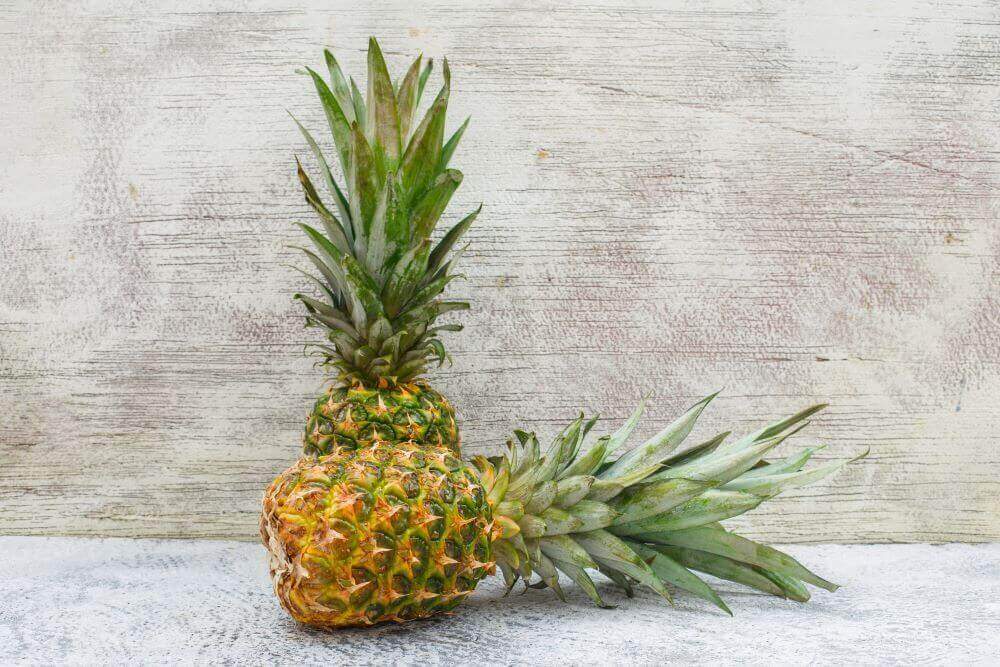Pineapples are one of the most fascinating tropical fruits, not only for their exotic taste and nutritional value but also for their unique growth process. Unlike many other fruits, pineapples grow from the center of a leafy plant rather than on trees. Understanding the pineapple growth timeline is key for gardeners, homesteaders, and hobbyists who want to cultivate these sweet fruits successfully—whether in the ground, containers, or indoors.
In this guide, we’ll break down each stage of the pineapple plant’s life cycle, from propagation to harvest, and offer tips to help you grow a healthy, fruit-bearing pineapple plant at home.
Stage 1: Propagation (Weeks 1–4)

The pineapple plant is commonly propagated using the crown (top leafy portion) of a mature fruit. This is the part most people discard, but it contains everything needed to begin a new plant.
How to Propagate from a Crown:
- Twist or cut off the crown from a ripe pineapple.
- Remove a few lower leaves to expose the small root buds.
- Let the crown dry for 2–3 days to prevent rot.
- Plant in a well-draining potting mix or place it in water until roots develop.
Timeline Insight:
- Rooting usually begins within 2–4 weeks.
- It’s important to keep the soil lightly moist but never soggy.
Stage 2: Vegetative Growth (Months 1–12)

Once the crown has rooted, the plant will enter a long vegetative phase. During this time, the pineapple plant focuses on growing a strong base of leaves, known as a rosette. These leaves help the plant gather sunlight and produce the energy needed for fruiting.
Key Needs During This Phase:
- Sunlight: At least 6 hours of direct sunlight daily.
- Watering: Water thoroughly when the top inch of soil dries out.
- Fertilization: Feed with a balanced fertilizer (10-10-10) every 6–8 weeks.
- Container Choice: Use a container that’s at least 12 inches deep and wide if growing indoors.
Timeline Insight:
- Leaf production continues steadily for 8 to 12 months.
- By the end of the first year, you should see a well-established plant with 30–40 leaves.
Stage 3: Flower Initiation (Months 12–18)

This is a crucial turning point. Under the right conditions, the plant will start producing a flower stalk from its center—a sign that fruit development is about to begin.
How to Encourage Flowering:
- Use a bloom booster fertilizer with higher phosphorus (e.g., 15-30-15).
- Ethylene gas can trigger flowering. Place a ripe apple near the base of the plant and cover loosely with a plastic bag for a few days.
- Maintain temperatures between 65°F and 85°F (18°C to 29°C).
Timeline Insight:
- Flowering typically occurs 12–18 months after planting.
- In cooler climates or low-light conditions, it may take up to 24 months.
Stage 4: Flowering and Fruit Formation (Months 18–22)

After the flower stalk appears, it produces beautiful purple or red flowers. These flowers eventually fuse together to form the pineapple fruit.
What to Expect:
- Flowers bloom sequentially over 2–3 weeks.
- The tiny fruits (called “fruitlets”) start forming and merging into a single pineapple.
- The fruit begins as green and slowly swells over several months.
Timeline Insight:
- It takes about 5–6 months from flowering to harvest.
- Support the plant if needed; the growing fruit can be heavy.
Stage 5: Maturity and Harvest (Months 22–28)

The pineapple is ready to harvest once it turns golden yellow, starting from the base and moving upward. A sweet aroma and a slight softening of the fruit also indicate ripeness.
Signs of a Ripe Pineapple:
- Color change from green to golden yellow.
- Sweet, tropical scent at the base.
- Leaves at the crown may be easier to pull.
Harvesting Tips:
- Cut the fruit with a sharp knife, leaving a bit of the stalk.
- Handle carefully to avoid damaging the plant, which may continue producing suckers or ratoons.
Timeline Insight:
- From crown planting to ripe fruit, the process takes approximately 22 to 28 months.
Post-Harvest: Regrowth and Sucker Production (Years 2–3)
Even after the main fruit is harvested, the parent plant continues to live and often produces suckers or pups—small shoots that grow from the base or stem.
What to Do with Suckers:
- Allow them to grow and mature for a few months.
- Detach carefully and replant for a new pineapple plant.
Timeline Insight:
- These offshoots can fruit in a shorter time frame—typically 18–24 months.
Environmental and Growing Factors That Affect the Timeline
Several variables can shorten or lengthen the pineapple growth cycle:
1. Climate
- Warm, humid environments speed up growth.
- In cooler or shaded areas, growth may be delayed by several months.
2. Soil and Drainage
- Pineapples need sandy, well-drained soil.
- Poor drainage leads to root rot and stunted growth.
3. Fertilization and Watering
- Balanced, consistent feeding promotes strong leaf and fruit development.
- Overwatering or underfeeding can severely delay flowering.
4. Container Size (for Indoor or Balcony Growing)
- Cramped roots will limit plant size and delay fruiting.
- Choose large, deep containers for better results.
Quick Timeline Summary
| Growth Stage | Timeframe | Key Events |
|---|---|---|
| Propagation | Weeks 1–4 | Rooting from crown or sucker |
| Vegetative Growth | Months 1–12 | Leaf production, energy storage |
| Flower Initiation | Months 12–18 | Central stalk forms, triggered by conditions |
| Flowering/Fruit Formation | Months 18–22 | Flowers bloom, fruit begins forming |
| Fruit Maturity & Harvest | Months 22–28 | Pineapple ripens and is ready to pick |
| Regrowth & Suckering | Year 2 onward | New shoots grow for future crops |
Final Thoughts
Growing a pineapple is a lesson in patience, but the reward is sweet—literally. From a leafy crown or small pup to a juicy, golden fruit, the pineapple’s journey spans nearly two years. However, by understanding the detailed timeline and supporting each growth stage with the right care—sunlight, water, space, and nutrients—you can enjoy multiple harvests and expand your pineapple patch from just one starter plant.
Whether you’re gardening in a backyard, balcony, or even indoors, the key to pineapple success is consistency, attention, and time. With a little tropical love, you’ll soon be savoring homegrown pineapples straight from your own plant paradise.







Leave A Comment